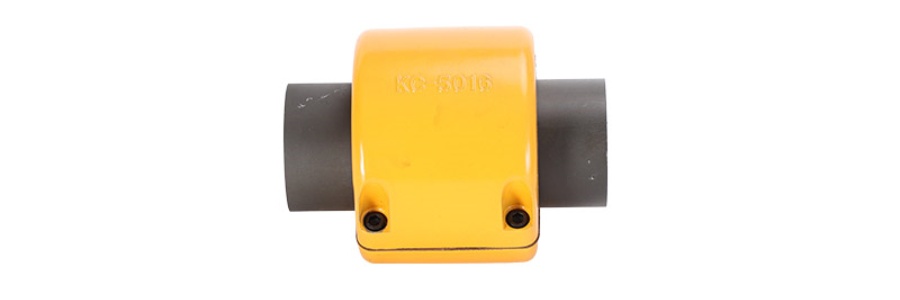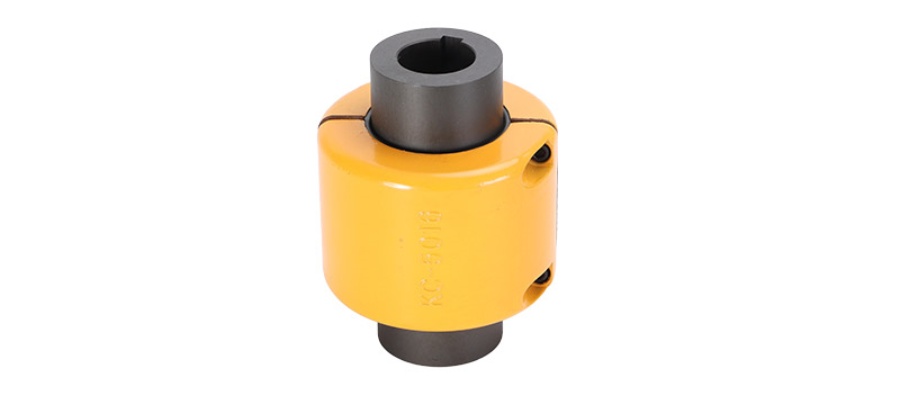When selecting a chain coupling, you do need to consider a variety of factors, including but not limited to torque, speed, and shaft diameter. The following is a detailed analysis:
Torque: Torque is an important indicator for chain coupling selection. You need to determine the amount of torque required based on transmission power, rotational speed, and the strength characteristics of the selected material. Generally speaking, the size of the torque directly determines the capacity and specifications of the coupling.
Speed: Speed is also an important factor to consider when selecting a chain coupling. For high-speed transmission shafts, couplings with high balance accuracy and stable structure should be used to reduce vibration and noise caused by high-speed rotation.
Shaft diameter: The size of the shaft diameter is closely related to the choice of coupling. You need to choose the right chain coupling based on the diameter and bore of the drive shaft. Make sure the shaft hole diameter of the coupling matches the drive shaft to ensure the efficiency and stability of power transmission.
Additionally, there are the following factors to consider:
Transmission type: Chain coupling is suitable for a variety of transmission types, such as coaxial transmission, eccentric shaft transmission and large and small shaft asynchronous transmission, etc. Therefore, you need to choose the appropriate chain coupling according to the actual transmission type.
Working environment: Couplings need to adapt to different usage environments. For example, in high-temperature environments, you need to choose high-temperature-resistant couplings; in corrosive environments, you need to choose corrosion-resistant couplings; in situations with large impacts, you need to choose couplings with buffering and shock-absorbing properties.
Coupling material and structure: Common coupling materials include steel, aluminum alloy and engineering plastics. Steel has higher strength and wear resistance, but is heavier; aluminum alloy is lighter, but has lower strength and wear resistance; engineering plastics have better corrosion resistance and wear resistance, but lower strength. You need to choose based on actual needs.
The slip angle and installation form of the coupling: the smaller the slip angle, the higher the transmission efficiency. At the same time, the installation form of the coupling includes shaft sleeve, flange, taper sleeve, etc. The appropriate installation form needs to be selected according to the actual situation of the transmission system.
Coupling manufacturing, installation, maintenance and cost: On the premise of meeting performance requirements, choosing a coupling with easy maintenance and low cost can reduce usage costs and improve economic benefits.
When selecting a chain coupling, multiple factors such as torque, rotation speed, shaft diameter, transmission type, working environment, material structure, slip angle, installation form, manufacturing, installation, maintenance and cost need to be comprehensively considered.



